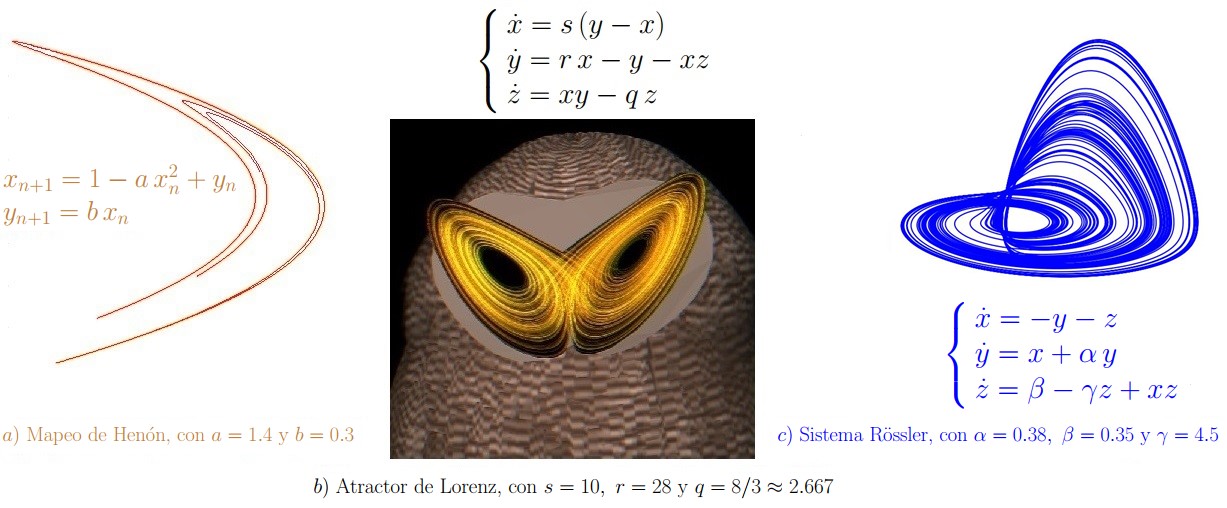La Supremacía del Número Uno
DOI:
https://doi.org/10.36790/epistemus.v17i34.275Palabras clave:
Ley de Benford, dígitos significativos, validación de información, Simon NewcombResumen
En este escrito se presenta de forma general una curiosidad matemática que rápidamente llama la atención per se, la cual describe un patrón peculiar que cumplen los primeros dígitos de datos obtenidos de diversas situaciones ordinarias y de muchos procesos reales, conocida como Ley de Benford o Fenómeno de los Dígitos Significativos. Además de analizar y reproducir el cumplimiento de este singular principio matemático que siguen los dígitos significativos para algunos ejemplos típicos encontrados en la literatura, también se analiza el cumplimiento de esta ley en casos de interés particular, y se describen posibles aplicaciones potenciales.
Descargas
Citas
S. Newcomb. “Note on the Frequency of Use of the Different Digits in Natural Numbers”, American Journal of Mathematics, Vol.4, No.1/4 (1881), pp.39-40. DOI:10.2307/2369148. DOI: https://doi.org/10.2307/2369148
A. Berger and T.P. Hill. An Introduction to Benford's Law, Princeton University Press. 2015. DOI: 10.1515/9781400866588 DOI: https://doi.org/10.1515/9781400866588
S.J. Miller. Benford's Law. Theory and Applications, Princeton University Press. 2015.
DOI: 10.1515/9781400866595 DOI: https://doi.org/10.1515/9781400866595
M.J. Nigrini. Benford's Law. Applications for Forensic Accounting, Auditing and Fraud Detection, John Wiley & Sons, Inc. 2012. DOI: 10.1002/9781119203094 DOI: https://doi.org/10.1002/9781119203094
F.A. Benford. “The Law of Anomalous Numbers”, Proceedings of the American Philosophical Society, Vol. 78, No.4 (1938), pp.551-572.
C.R. Tolle, J.L. Budzien and R.A. LaViolette. “Do Dynamical Systems follow Benford's Law?”, Physics Today. Chaos, Vol.10, No.2 (2000), pp.331-336. DOI: 10.1063/1.166498 DOI: https://doi.org/10.1063/1.166498
C. Amante and B. W. Eakins. ETOPO1, 1 Arc-Minute Global Relief Model: Procedures, Data Sources and Analysis. NOAA Technical Memorandum NESDIS NGDC-24, 19 pp, March 2009. http://www.ngdc.noaa.gov/mgg/global/relief/ETOPO1/docs/ETOPO1.pdf
T.A. Mir and M. Ausloos. “Benford's law: a 'sleeping beauty' sleeping in the dirty pages
of logarithmic tables”, Journal of the Association for Information Science and Technology 69(3). (2018), pp. 349–358. DOI:10.1002/asi.23845 DOI: https://doi.org/10.1002/asi.23845
P.Y. Leonov, V.P. Suyts, A.N. Norkina, V.M. Sushkov. “Integrated application of Benford's Law tests to detect corporate fraud". Procedia Computer Science, V.213 (2022), pp. 332-337. DOI: 10.1016/j.procs.2022.11.075 DOI: https://doi.org/10.1016/j.procs.2022.11.075
G. Whyman. “Origin, Alternative Expressions of Newcomb-Benford Law and Deviations
of Digit Frequencies”, Applied Mathematics, 12 (2021). pp. 576-586.
DOI: 10.4236/am.2021.127041 DOI: https://doi.org/10.4236/am.2021.127041
D. Crisan, A. Irimia, D. Gota, L. Miclea, A. Puscasiu, O. Stan, H. Valean. “Analyzing
Benford’s Law’s”, Powerful Applications in Image Forensics. Appl. Sci. 11, 11482. (2021).
https://doi.org/10.3390/app112311482 DOI: https://doi.org/10.3390/app112311482

Publicado
Cómo citar
Número
Sección
Licencia
Derechos de autor 2023 EPISTEMUS

Esta obra está bajo una licencia internacional Creative Commons Atribución-NoComercial-CompartirIgual 4.0.
La revista adquiere los derechos patrimoniales de los artículos sólo para difusión sin ningún fin de lucro, sin menoscabo de los propios derechos de autoría.
Los autores son los legítimos titulares de los derechos de propiedad intelectual de sus respectivos artículos, y en tal calidad, al enviar sus textos expresan su deseo de colaborar con la Revista Epistemus, editada semestralmente por la Universidad de Sonora.
Por lo anterior, de manera libre, voluntaria y a título gratuito, una vez aceptado el artículo para su publicación, ceden sus derechos a la Universidad de Sonora para que la Universidad de Sonora edite, publique, distribuya y ponga a disposición a través de intranets, internet o CD dicha obra, sin limitación alguna de forma o tiempo, siempre y cuando sea sin fines de lucro y con la obligación expresa de respetar y mencionar el crédito que corresponde a los autores en cualquier utilización que se haga del mismo.
Queda entendido que esta autorización no es una cesión o transmisión de alguno de sus derechos patrimoniales en favor de la mencionada institución. La UniSon le garantiza el derecho de reproducir la contribución por cualquier medio en el cual usted sea el autor, sujeto a que se otorgue el crédito correspondiente a la publicación original de la contribución en Epistemus.
Salvo indicación contraria, todos los contenidos de la edición electrónica se distribuyen bajo una licencia de uso y Attribution-NonCommercial-ShareAlike 4.0 International (CC BY-NC-SA 4.0) Puede consultar desde aquí la versión informativa y el texto legal de la licencia. Esta circunstancia ha de hacerse constar expresamente de esta forma cuando sea necesario.















